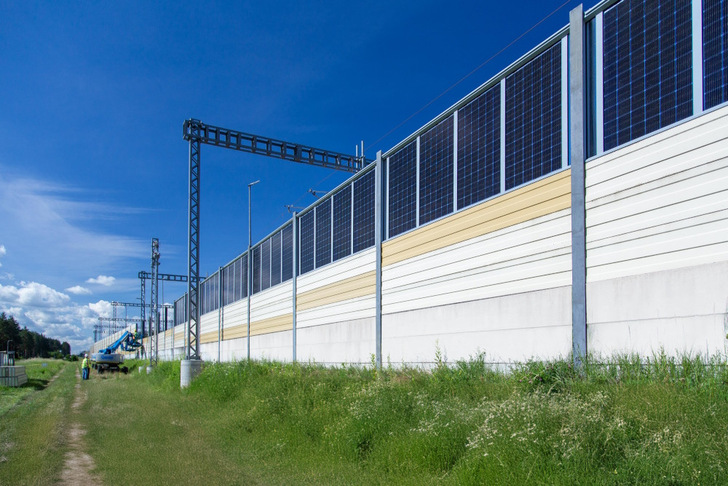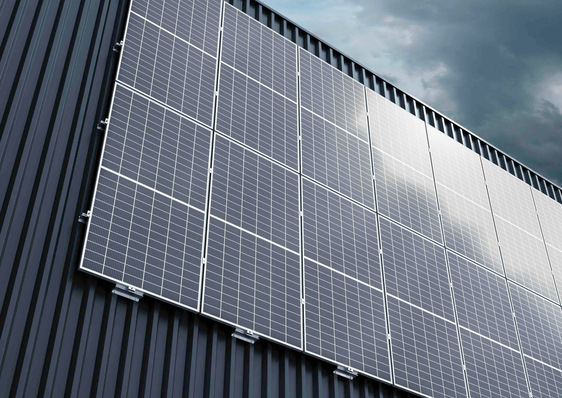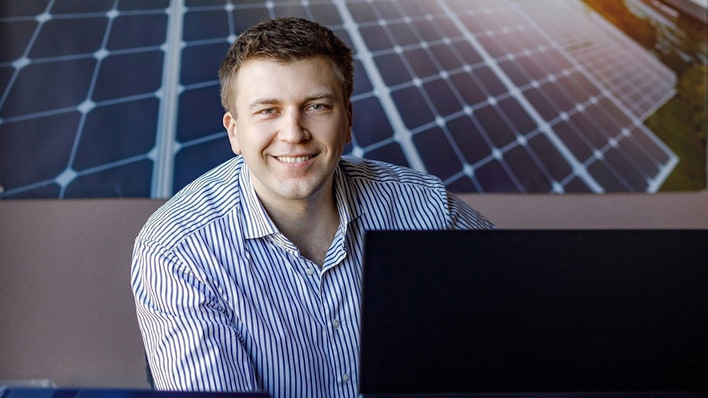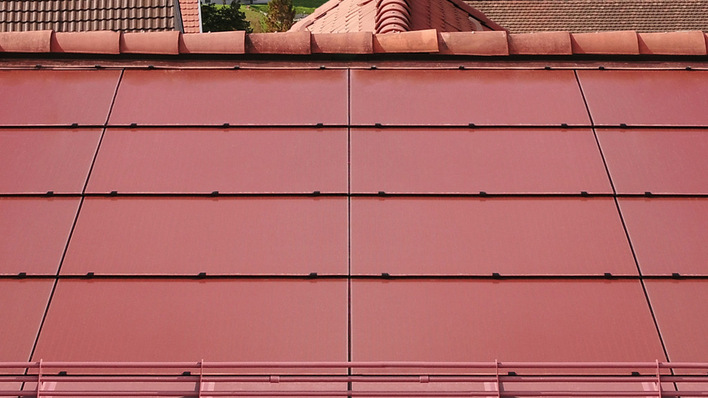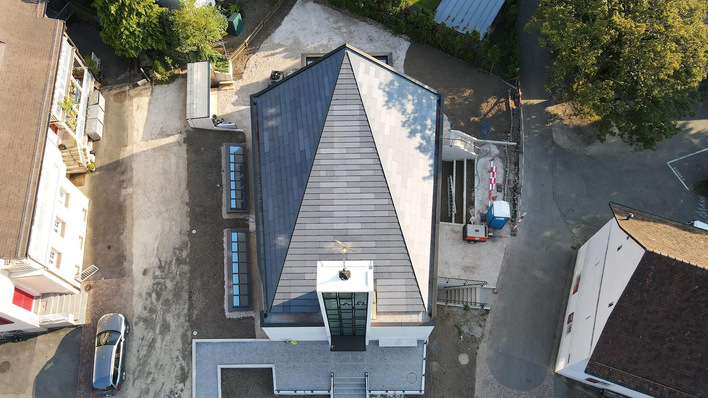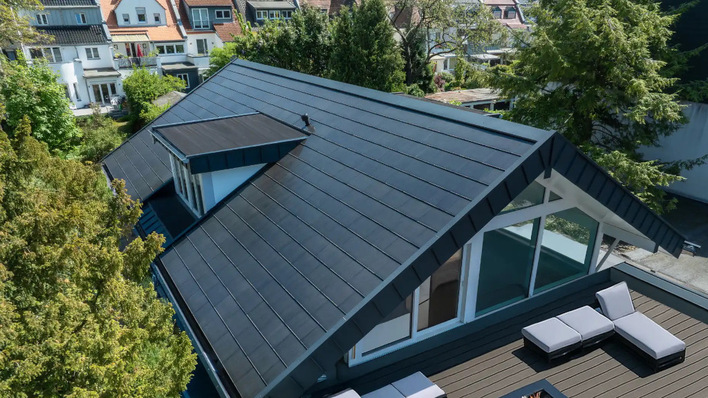One of the projects is located alongside a railway near Vilnius, Lithuania, where a 70-metre-long and 4.5-metre-high wall has recently been constructed by the Lithuanian railway management company LTG Infra. This barrier is outfitted with 60 of Solitek’s frameless, dual-glass transparent Solid Bifacial modules. Known for their resistance to extreme environmental conditions such as hail and wind, the modules are expected to generate 13.2 MWh of electricity annually.
Tenders for solar plants on noise barriers and rest areas now open
The other project, under the administration of Via Lietuva, involves similar technology along the E5 highway connecting Kaunas and Vilnius. Set for completion in August, it will feature 56 Solitek Solid Bifacial modules, expected to produce 15 MWh of electricity per year due to its favourable location and southern orientation.
Retrofit could replace existing sound walls
Both projects will provide comprehensive data, including measurements of solar radiation, sound and vibrations, to evaluate the changes and effectiveness of these installations. An additional aspect of the initiatives is a retrofit test, which involves replacing existing sound walls with integrated solar modules.
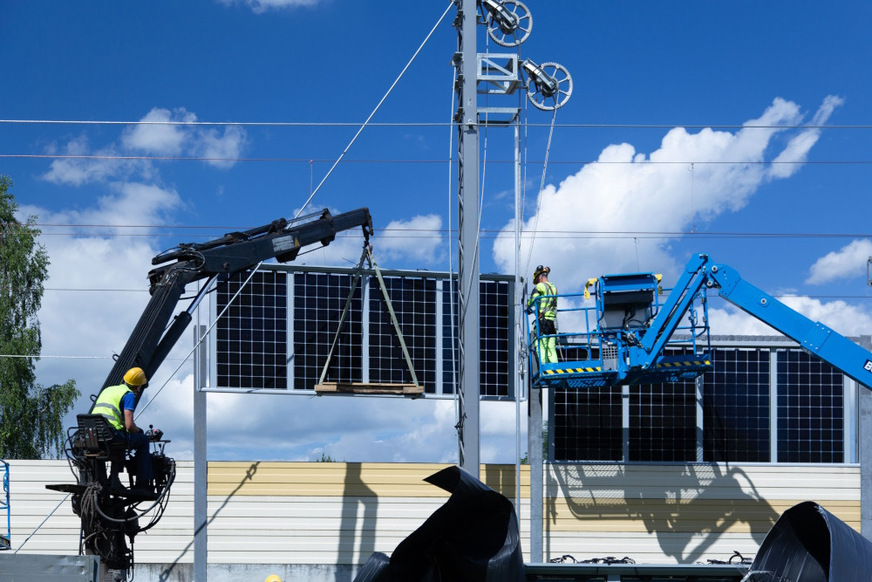
Solitek
These initiatives align closely with the European Solar Charter, advocated by the European Commission to promote the photovoltaic manufacturing sector across Europe. The charter encourages the integration of solar energy into buildings, infrastructure and vehicles, aiming to reduce regulatory barriers and foster the production of high-quality, sustainable PV products.
Estonia – Solarstone launches BIPV factory
Dual-purpose approach
By incorporating solar technology into traditional noise barriers, Solitek and Stalcorp are reducing noise pollution while enhancing green energy production. This dual-purpose approach transforms standard infrastructure into multifunctional assets, offering substantial environmental benefits and setting new benchmarks in renewable infrastructure projects. (hcn)


